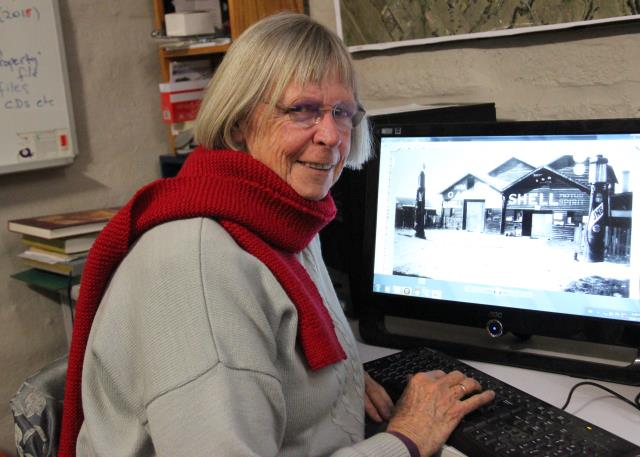By Helen Mann
In 1901 the Yarra Glen community took steps to attract a doctor who would live in their own town. Up to this time they had relied on doctors who lived in Lilydale or Healesville, quite a distance when transport options were horseback, horse-drawn vehicles or the railway.
Public meetings were held and in January 1902 the residents were canvassed regarding their willingness to contribute higher rates to provide the doctor with a salary of £200 per annum. In February 1902 Dr John Taylor Chapman of Ballan was chosen from nine applicants.
Some people who did not want to, or were unable to attend a doctor, sent their queries to newspaper columnists. A Yarra Glen resident wrote to The Leader with a question about ‘red, itchy spots, size of a three penny piece, all over the body, covered with white scales. The answer was … psoriasis. Take a hot bath and scrub the spots with a brush and soap till the scales come off. Then apply the following ointment constantly: liquor carbanis detergens, 1 dr.; white precipitate ointment, 2 dr.; simple ointment, 1 oz. Take the following medicine three times a day after meals: solution of arsenic, 5 mms; water ½ oz.
In his annual report to Council in 1903 Dr Chapman reported that there were four cases of scarlet fever, two of typhoid and one of diphtheria. As Inspector of Nuisances (places harbouring potential infection) he found most places in a satisfactory condition, but he recommended that wood ashes be used as a cheap and effective disinfectant in the closets (toilets). The doctor also noted that heavy rains had thoroughly flushed out the drains and gutters, concluding that it was a good reason for the town to have a ‘proper water supply’. This would enable regular cleansing of the town’s drainage system as well as reducing the danger from fires. In 1904 he warned that the ‘luxuriant growth of grass this year’ was a danger to the children – ‘that is, their getting their feet wet going to school and having to sit with damp feet all day.’
Measles was common and often fatal. James McPherson, aged 24, had recently returned from a visit to Western Australia in August 1905 when he fell ill with measles and inflammation of the bowel. He died suddenly on Sunday 13 August.
Reports of typhoid fever in Dixons Creek were made to the Council in January 1909. The Inspector of Nuisances was instructed to immediately inspect the creek itself from Gunn’s Bridge upstream, as it was the source of domestic water supply for residents. Cases of typhoid in Yarra Glen also caused alarm and the school was closed, as was often the case during an outbreak.
Accidents occurred frequently and circumstances dictated whether someone was sent to fetch the doctor or the patient was taken to the doctor. Either way, it was usually a journey on horseback or by horse and cart. A telephone service was established in Yarra Glen in 1908 but was not extended to other areas such as Steels Creek, Dixons Creek and Christmas Hills until 1913.
The hazardous operation of working with bullock teams was one where the weight of the loads and the rough terrain over which they often travelled resulted in serious accidents. In November 1902, William Hall of Dixons Creek was taking a team down a hill. Hastening to apply the brake he failed to move away quickly and the wheel of the loaded wagon passed over his foot: but the ground must have been soft. He was taken to Yarra Glen where Dr Chapman was able to reassure him that no bones were broken and no great harm had been done.
A month later, Mr William Albert, the local butcher, had a serious accident during one of his rounds at Christmas Hills. His horse fell and threw him out of the cart after which one of the wheels passed over him. He was unconscious for some time, but also recovered under the care of Dr Chapman.
Roads in bad condition were another hazard for all types of vehicles. A commercial traveller, Mr Caudwell, was driving to Healesville from Yarra Glen when his cart hit a rut and he was dragged for some distance by the bolting horses until the reins broke. Despite broken ribs and bruising he followed and retrieved his horses. He managed to reach the home of Mr Elliott where he was attended by Dr Chapman. Being away from home Caudwell was taken to the Burgoyne Hotel to recuperate.
Tune in next week for part 2 of the looking back column on Yarra Glen’s first doctor.







